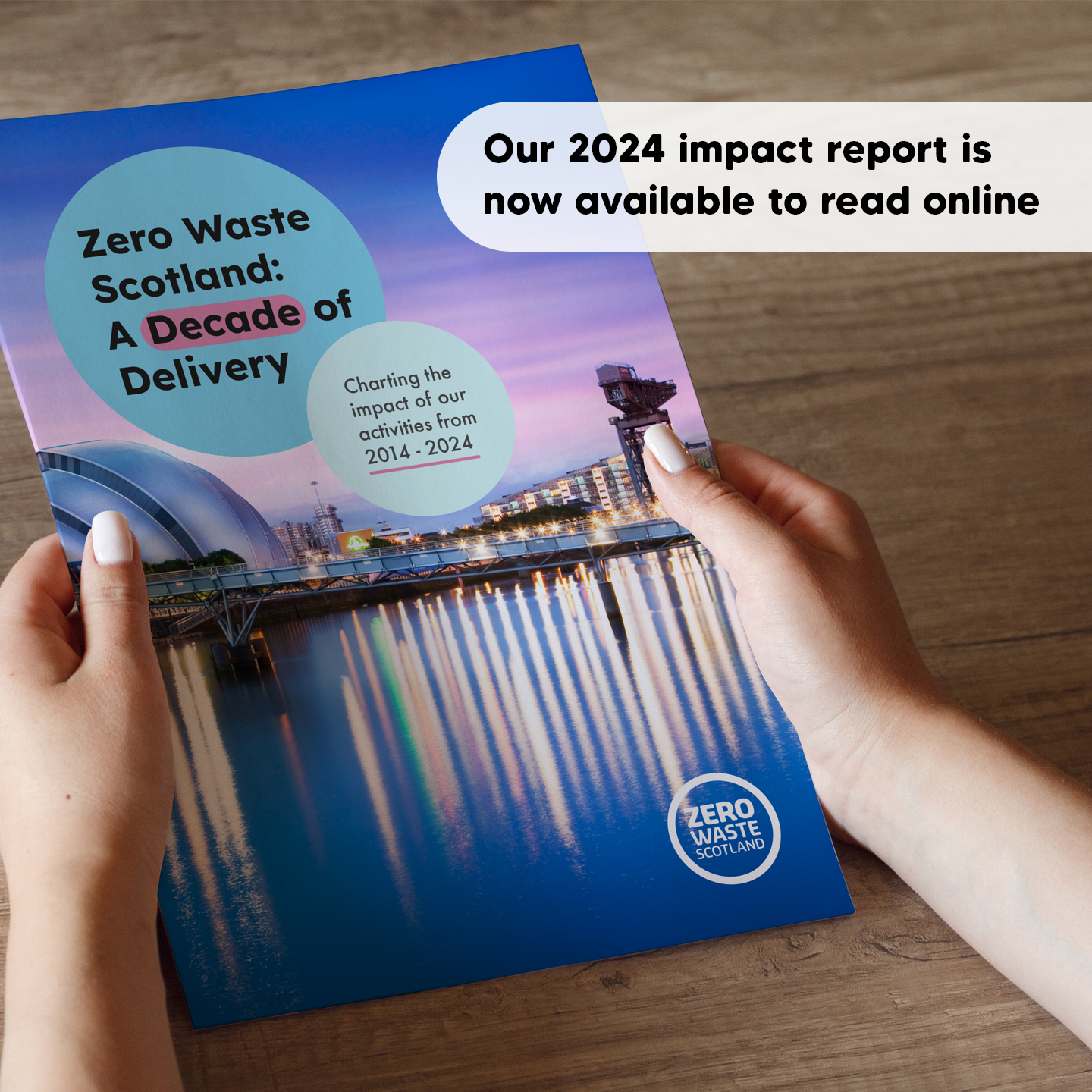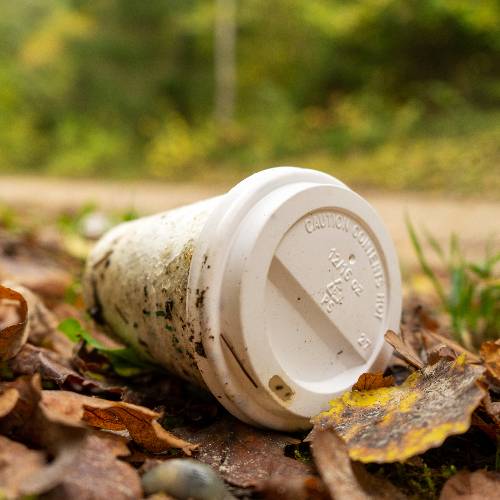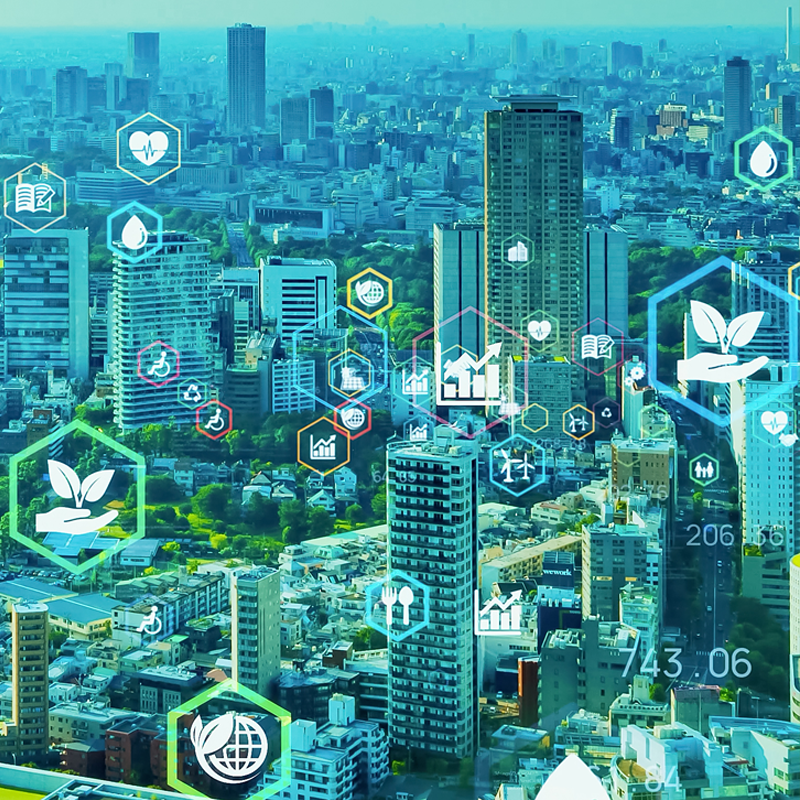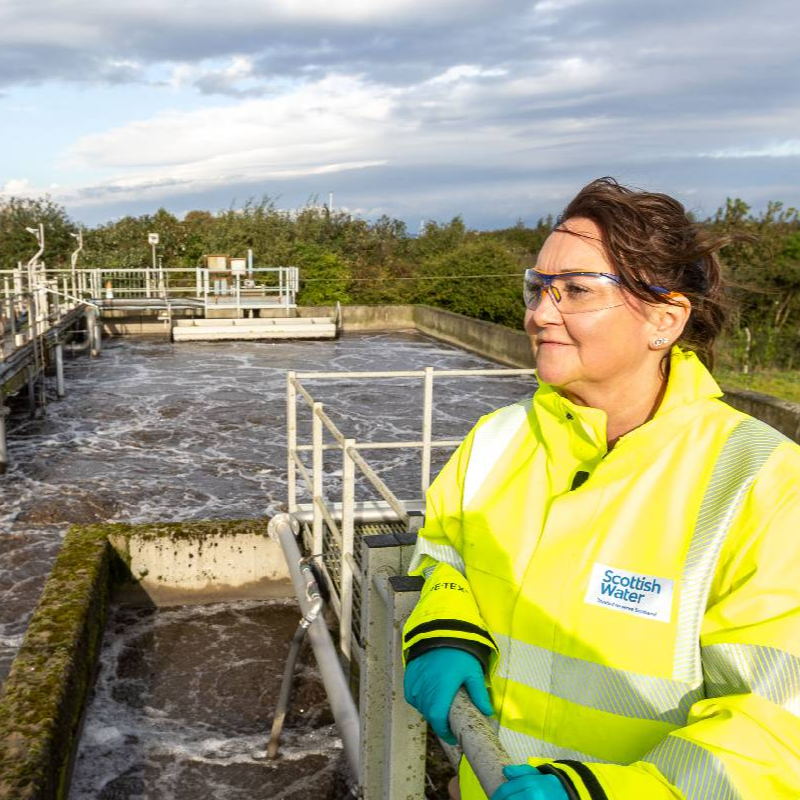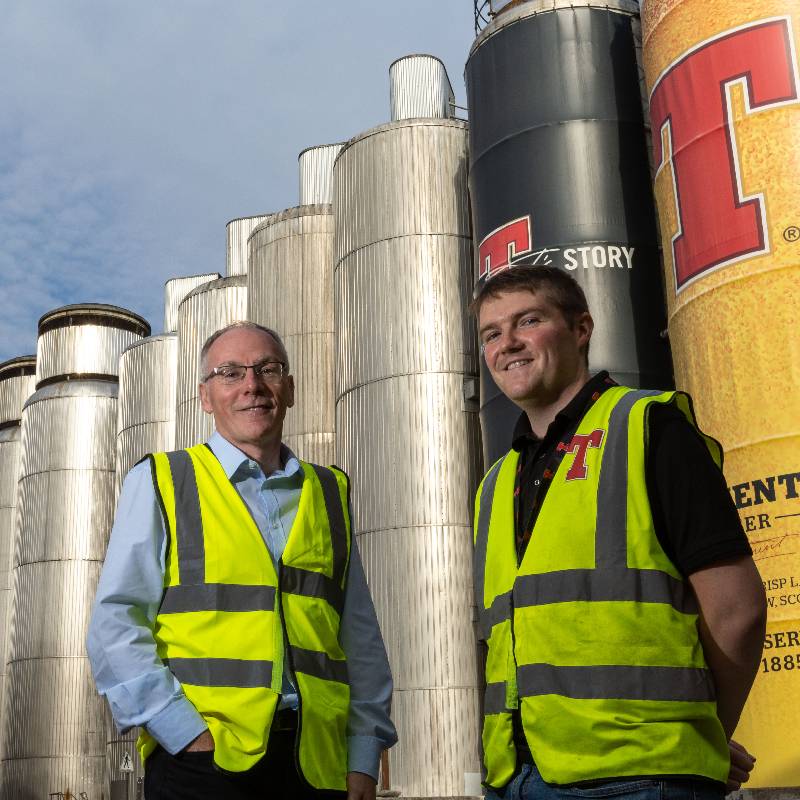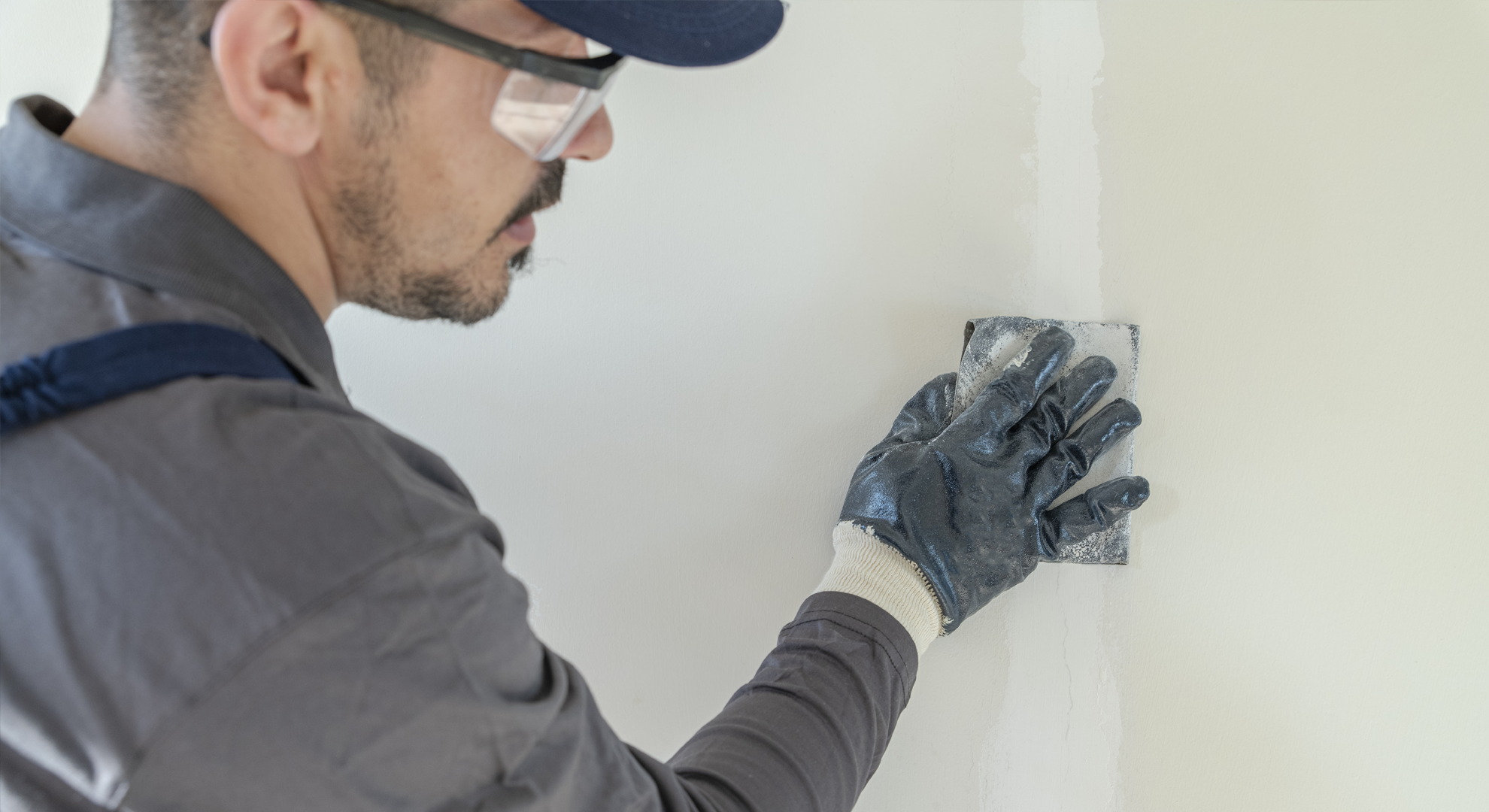
What is plasterboard made of?
Plasterboard is made from gypsum processed into a board and usually faced with a paper covering.
The gypsum used in the manufacture of plaster and plasterboard is derived from a number of sources:
Natural gypsum
Natural gypsum occurs in the form of rock. In the UK it is mined at three main points: in Sussex, Lincolnshire, and Yorkshire.
Gypsum is a white rock but impurities can colour it grey, brown or pink. Its scientific name is calcium sulphate dihydrate and is composed of 70% calcium sulphate and 21% water by weight.
Synthetic gypsum
Gypsum is also produced synthetically as a by-product of a number of industrial processes.
Flue-gas desulphurisation (FGD) of power station emissions is the largest production method of gypsum used in plasterboard manufacture. The emission stacks of fossil fuel power stations incorporate ‘scrubbers’ which remove much of the sulphur from the waste gas, so reducing emissions of sulphur dioxide. The by-product of this process is gypsum. This gypsum is also sometimes referred to as desulphogypsum (DSG).
- Titanogypsum – A by-product from the manufacture of titanium dioxide (a whitening agent used in many products from paint to toothpaste).
- Phosphogypsum – A by-product from the manufacture of phosphoric acid and phosphate-based fertilisers.
- Fluorogypsum – a by-product from the manufacture of hydrofluoric acid, used in a number of industries including the manufacture of electronic components.


